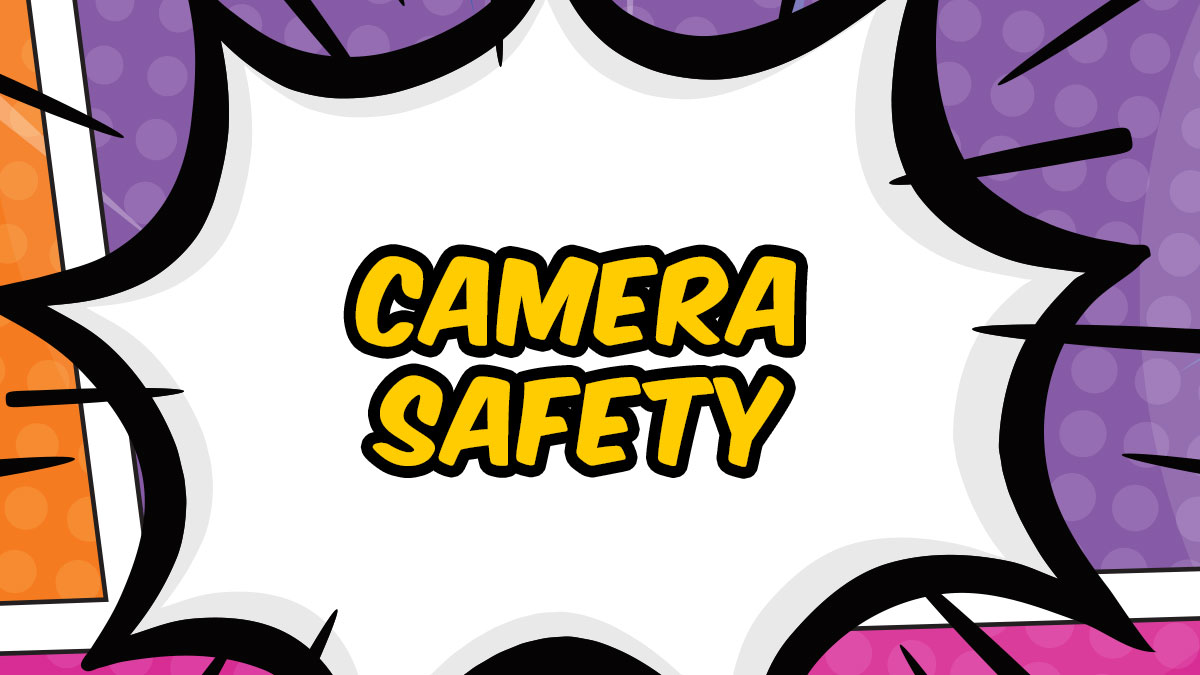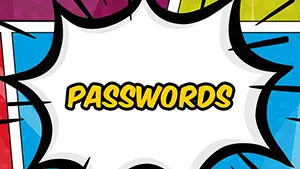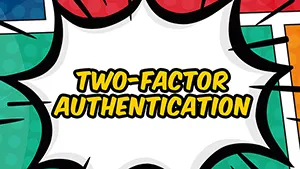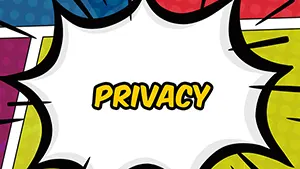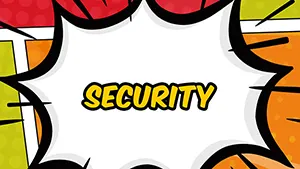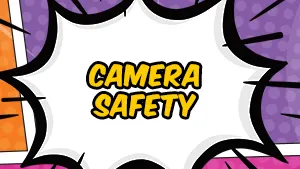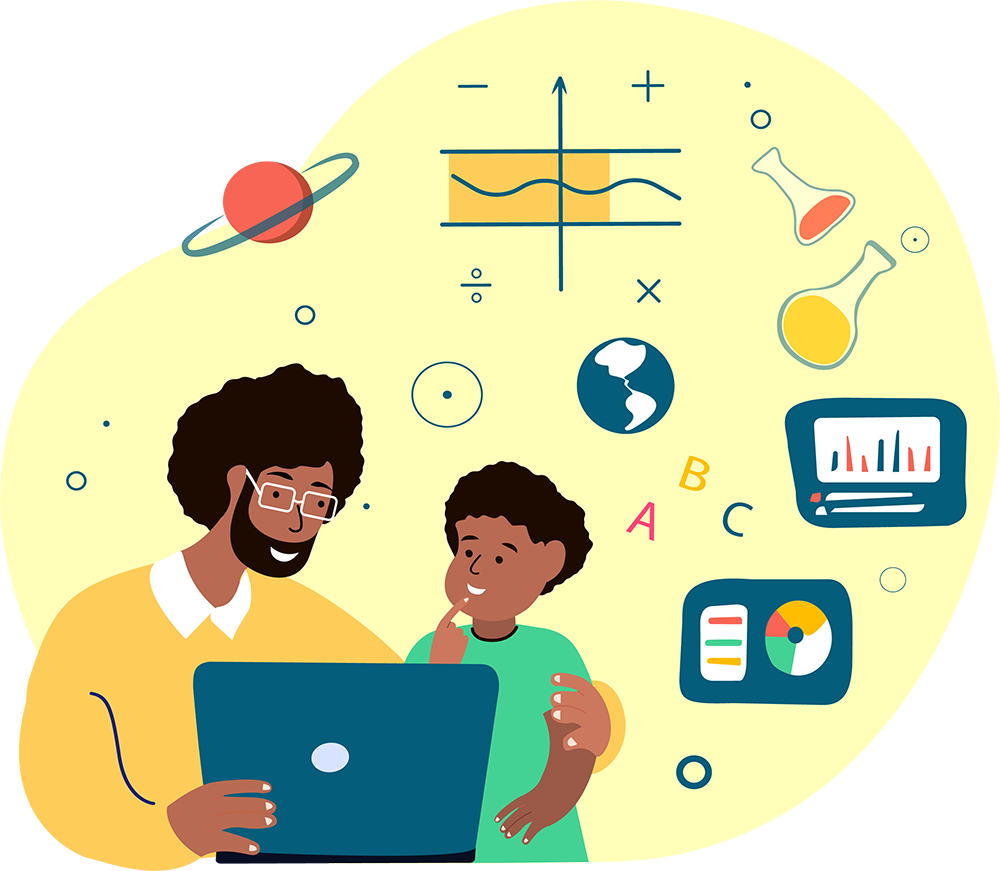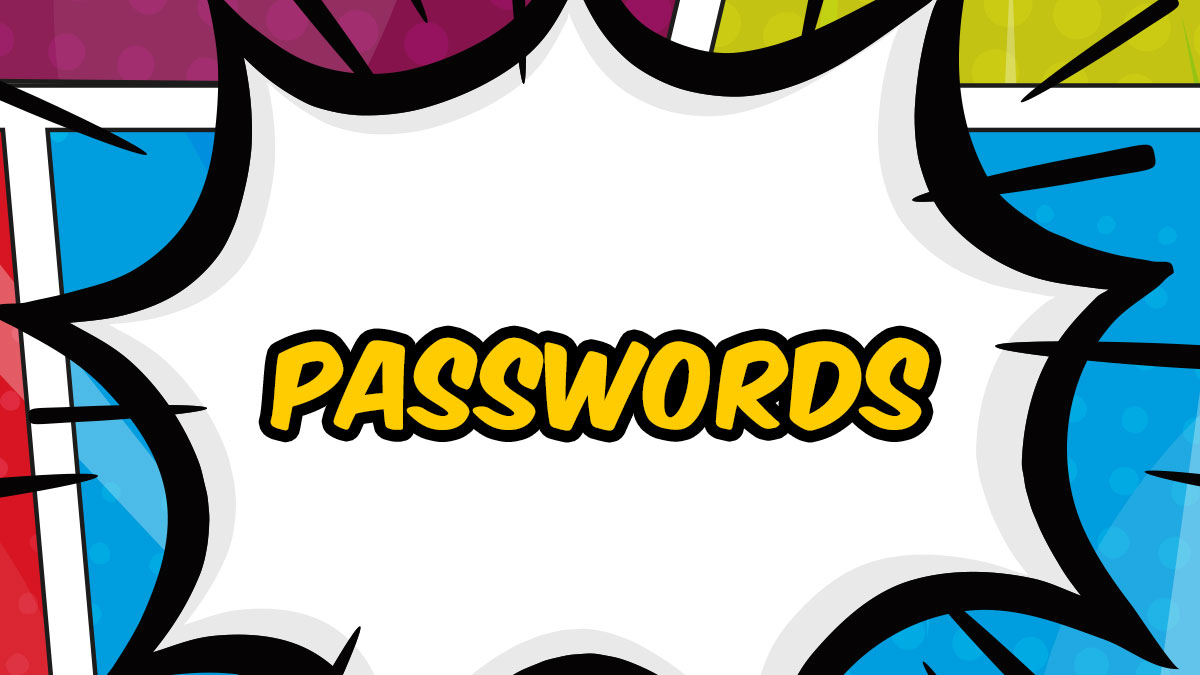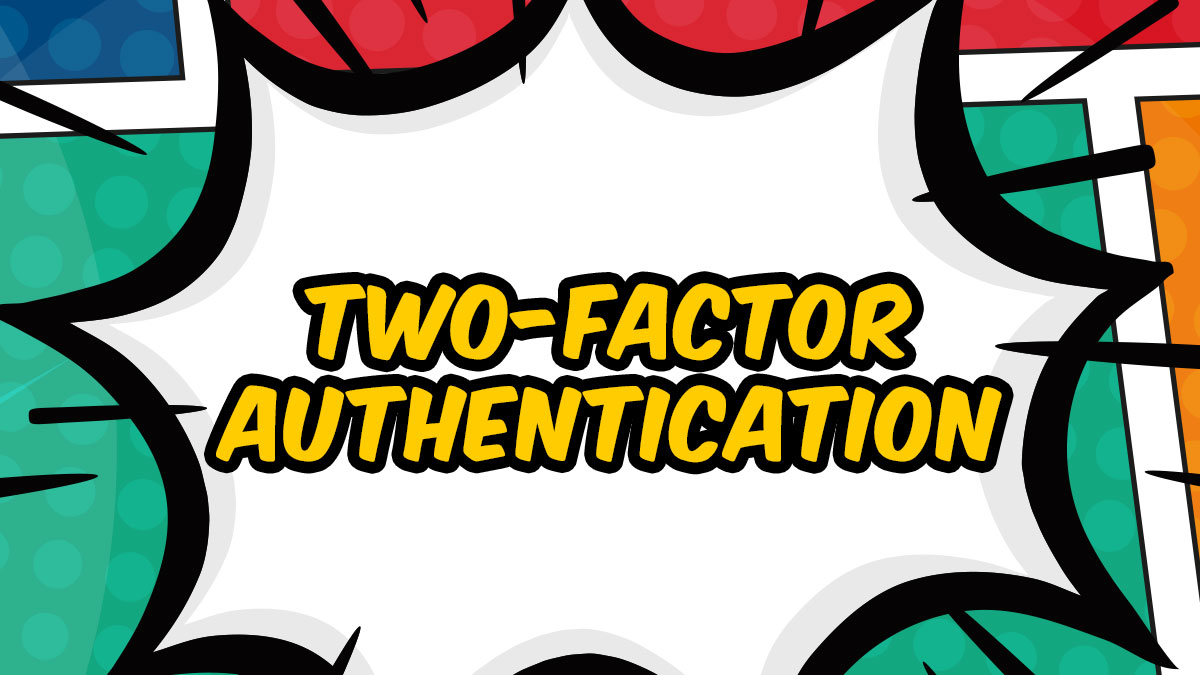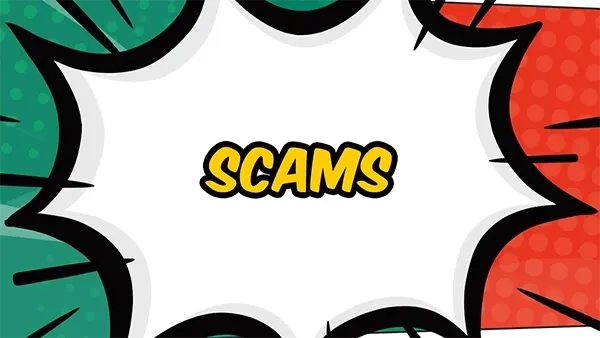- Home
- /
- For Kids
- /
- Cyber Academy
- /
- Camera Safety
Camera Safety
Key Learning Objectives
- Understand what information is gathered when a photo is taken, and what happens when it is shared
- Learn 5 skills to help you use the camera safely while having fun
Just 4 steps to complete the episode!
- 1.Watch the short 3-minute animated video with the children. Play it a few times!
- 2.Discuss the video with the children using our conversation guide to help you.
- 3.Ask each child to complete the Kahoot! Quiz below.
- 4.Print the Activity Sheet - a fun homework activity for children.
STEP 1
How To Use The Camera Safely
STEP 2
Conversation Guide
Useful questions and answers to guide you in conversation with kids
What kind of information can you get from one photo?
Your device automatically attaches even more information to every photo that you take; like the time and exact geo location of where you took the photo, and even the Wi-Fi that your device used.
Why is it important to think before you share online?
Because once you share it, people learn a lot about you. Nothing that you share is ever REALLY private even if you only send it to one person. People can still share it with others.
Why do we use privacy and safety settings?
So that only people you know, and trust can see your stuff. You can also turn off ‘location’ in settings. These settings protect us, keeping us safe while we enjoy technology.
Raise your hands if you don’t like it when people take photos or videos of you.
Do they ask for your permission before they take it or share it with others?
It is very important to check with a grown up at home before you allow someone to take a photo/video of you. It’s your private and personal information.
Have you ever taken a photo of someone else and not asked for their permission?
Perhaps we all need to think about this the next time? If we respect our friends’ privacy, they will learn to respect ours.
If you lost your device today, do you have a backup of all the important things on your device?
You can keep photos and videos extra safe by saving extra copies. Ask a grown up at home to help you “back up” your favourites so you will always have them no matter what. (You can use online storage or a hard drive to back them up).
When would you talk to a grown up about something online?
If you have taken some great photos or created a video that you are proud of. Maybe you have seen a photo or video online that is worrying you. Or perhaps someone has made you or others feel uncomfortable online. Whatever the reason, it is important to always have a grown up that you feel you can talk to.
How can you have fun AND be safe using your camera? How many of the 5 video tips can you remember?
- Think before you share online.
- Use privacy and safety settings.
- Respect other people’s privacy.
- Take care of your photos and videos.
- Talk to a grown up.
STEP 3
Take the Kahoot! Quiz
STEP 4
Homework Activity Sheet
This is a fun homework activity for children to test their skills one more time, reinforcing what they have learned.
Did you like the Camera Safety episode?
We would love your feedback! Our goal is to deliver the Cyber Academy program to as many children around the world as possible. If you have completed this episode with children at home or in school, then you are helping us reach our global goal!
- Home
- /
- For Kids
- /
- Cyber Academy
- /
- Camera Safety
Each episode consists of:
- A short three-minute animated video
- A conversation guide to support teachers/parents (It’s basically a Q&A for kids)
- A Kahoot! Quiz to reinforce the learning
- A popular and fun activity sheet; a great homework activity to engage all the family at home.
Passwords
Understand what a password is, why it’s important and learn 3 password skills to keep you safe and secure.
2-Factor Authentication
Understand Two-Factor Authentication (2FA) and how it can protect your accounts online.
Privacy
Understand what privacy online really means and learn 4 privacy skills to protect you and your information online.
Security
Learn why and how to keep your information secure online; plus 6 ways to practice strong security skills.
Healthy Habits
Understand why it is important to have healthy habits when using the internet and learn 7 healthy habits.
Camera Safety
Understand what information is gathered when a photo is taken and shared plus learn 5 camera safety skills.
Time Online
Understand what quality time online really means and learn 4 skills to make the most of your time online.
Kindness
Understand the true meaning of kindness, why it’s important and learn important skills to deal with unkindness online.
Safety Settings
Understand the importance of safety settings and learn how to set up 5 safety setting features.
Misinformation
Understand what misinformation is, why it exists and learn 5 important skills to help you spot it.
Copyright
Understand what copyright is and how to find permissible content when working on a creative project.
Scams
Learn what scams are, why cybercriminals create them, and 3 key skills to stay safe from online scams.

